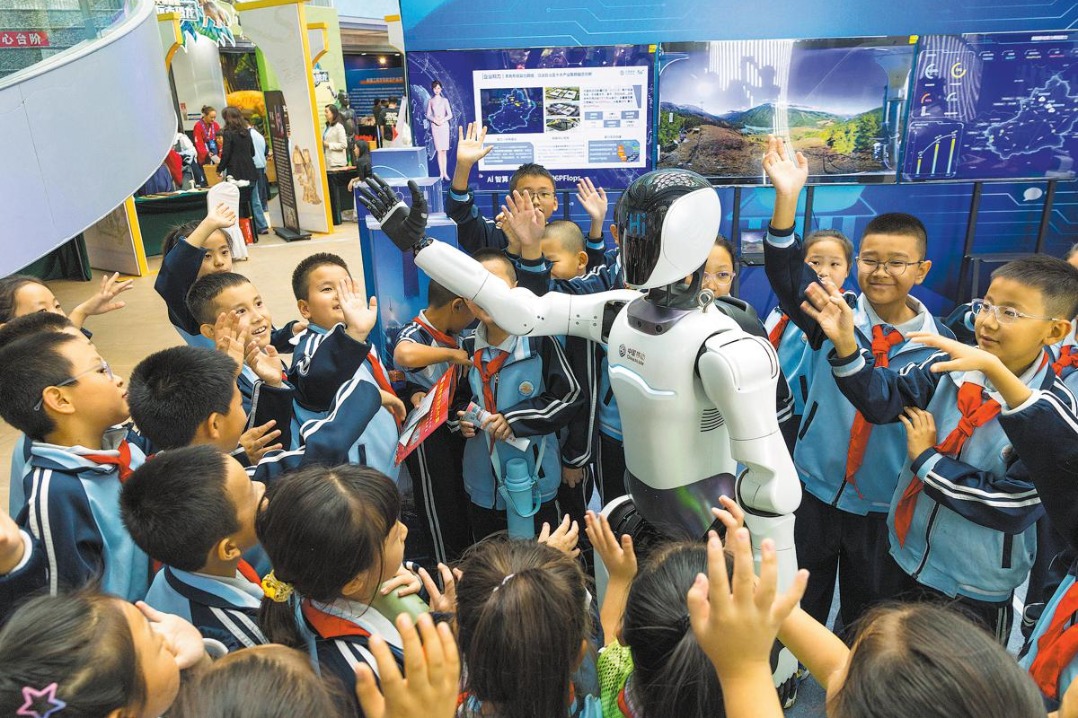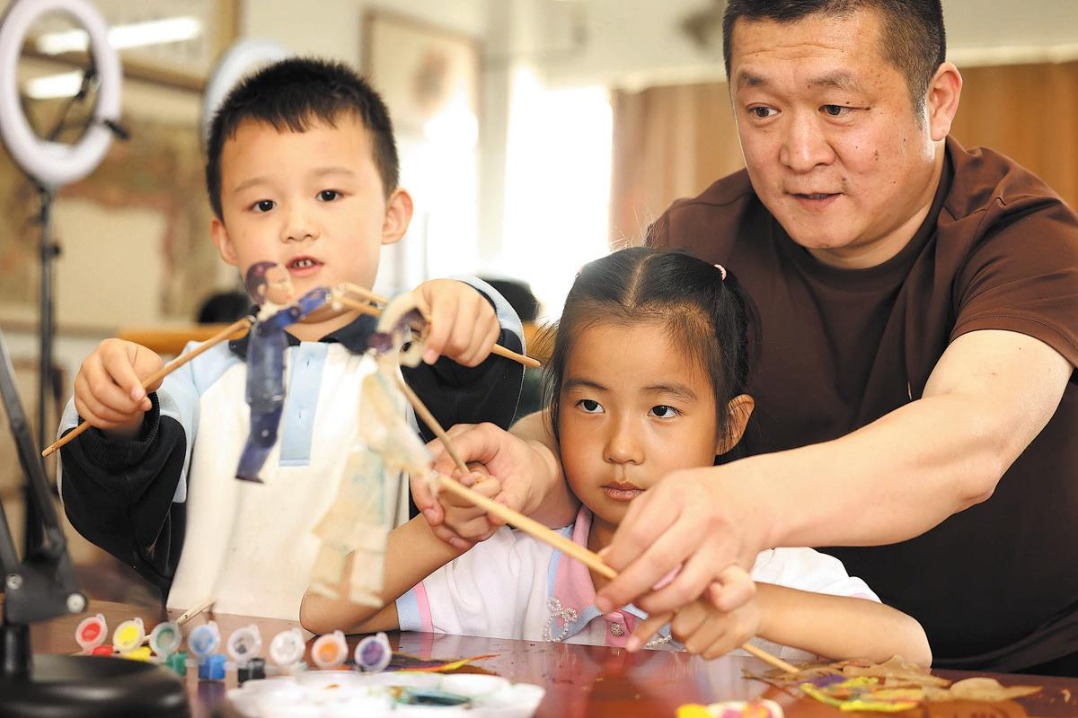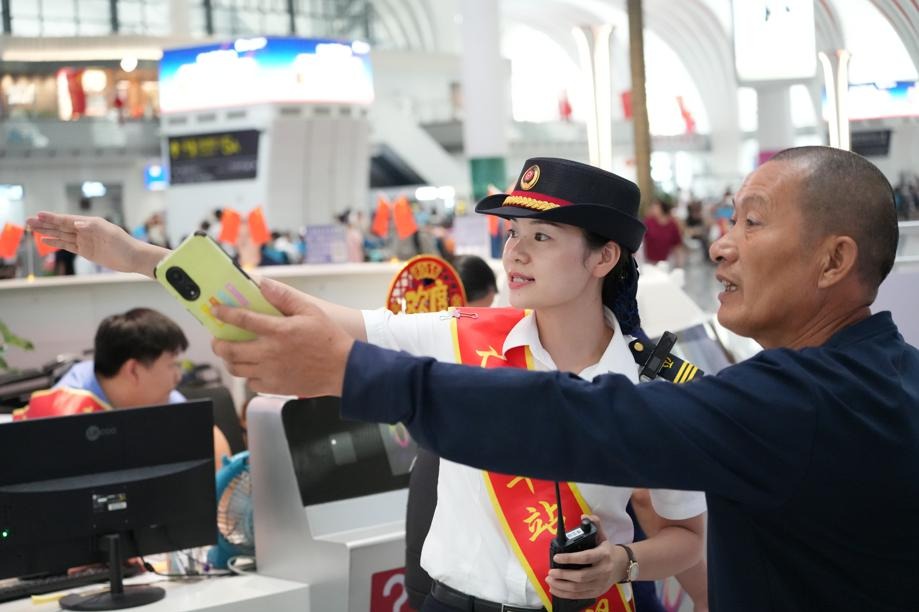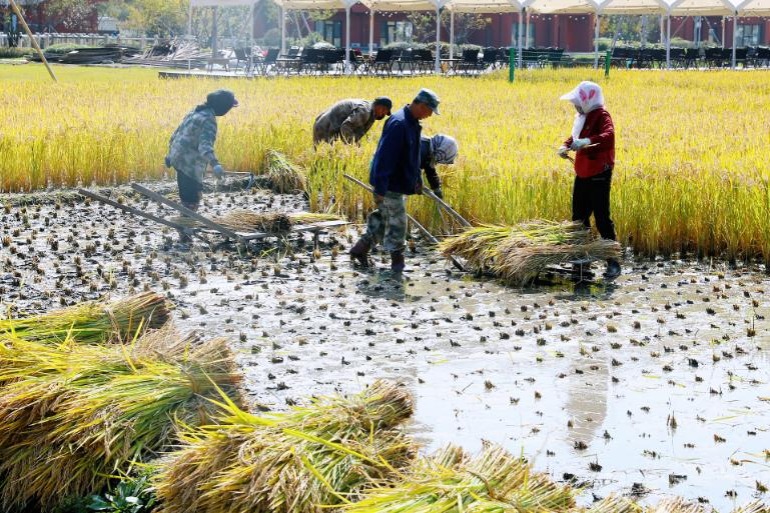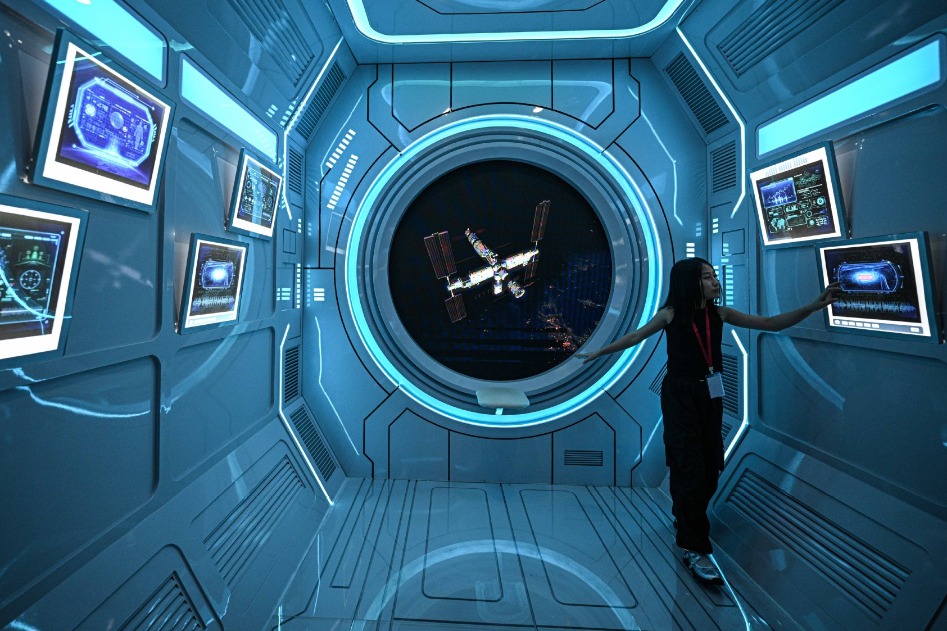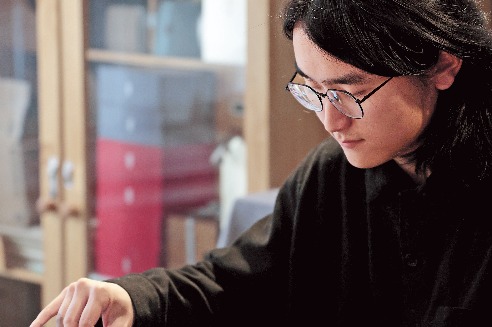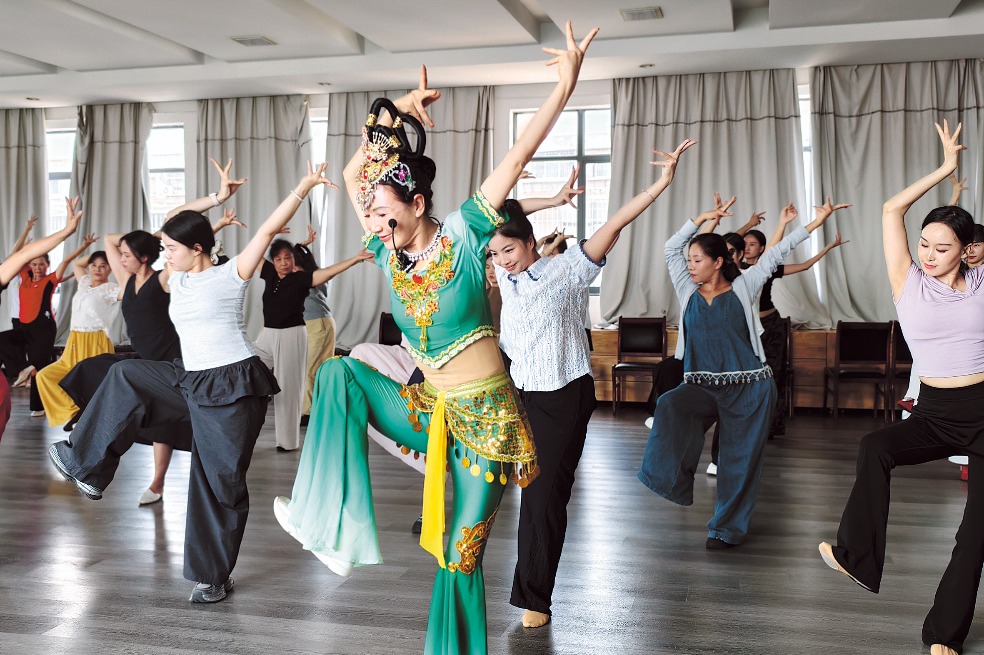'She power' on the rise across China's sci-tech landscape

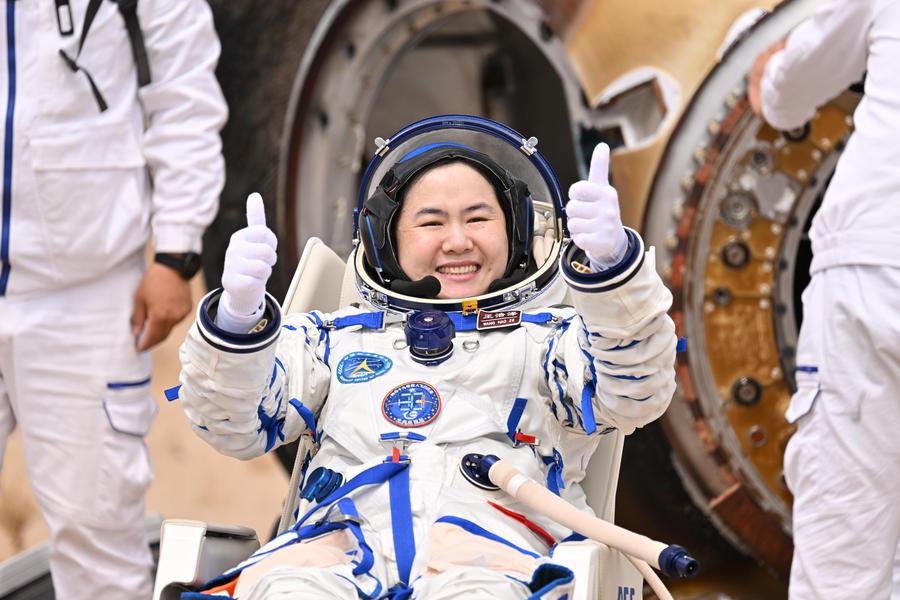
BEIJING -- The life of Wang Haoze, who is the third Chinese woman to embark on a manned space mission, has been marked by grueling training: desert survival drills with extreme temperature swings, claustrophobic psychological adaptability tests, and maritime exercises involving sea spray that she described as "cutting my ears like knives."
In her words, what drives her forward is the urge to contribute more to the cause of Chinese science, and to help the world see more of the brilliance of women.
"The universe is filled with stars, each one a tiny point, like the flames in my heart," Wang wrote in a poem upon her return from a 183-day stay in orbit during the Shenzhou XIX spaceflight mission.
Wang holds a master's degree and joined the aerospace industry a decade ago, working on rocket engine research before volunteering and being selected as the sole woman in China's third group of astronauts.
She is a pioneer among the approximately 40 million female science and technology workers in the country, whose footprints can be seen across major national projects and cutting-edge fields, from the fields of space, high-speed rail and commercial aircraft to the biomedicine and artificial intelligence industries. Together, they account for nearly half of China's total sci-tech workforce.
Liang Jianying is a chief scientist at CRRC -- the world's largest supplier of rail transit equipment -- and has been a driving force behind China's breakthroughs in rail.
Under her leadership, generations of high-speed trains have been developed, including a 600-km/h high-speed maglev system, as well as the CRH380A with a test speed of 486.1 km/h, and the Fuxing, which has a commercial operational speed of 350 km/h.
"Living in a vast country with complex terrain and enormous passenger flow volumes, there is no reason we should not strive to be the best in the world, particularly with the strong support from the government," Liang said.
Like Liang, an increasing number of China's female science and technology workers are venturing into uncharted territories, adding unique wisdom to propel global advancement.
In the field of cryptography, Wang Xiaoyun, who is a member of the Chinese Academy of Sciences and a professor at Tsinghua University, was honored as one of five global laureates at the 2025 L'Oréal-UNESCO For Women in Science International Awards in May.
UNESCO's announcement highlighted that Wang's transformative research has inspired numerous women to pursue careers in mathematics and cybersecurity.
Focusing on hash functions, which are a cornerstone of cryptographic systems, Wang spent her first nine years in the field producing few publications. Her dedication culminated in global sensation when she broke two major international hash algorithms -- MD5 and SHA-1 -- in 2004 and 2005.
Rather than resting on these laurels, Wang has since led her team to the new frontier of post-quantum cryptography, working to build stronger digital security defenses for the future.
In the health care sector, Zhang Wen, who is deputy director of rheumatology and immunology at Peking Union Medical College Hospital, has been tackling research on a rare condition known as IgG4-related disease for over a decade.
She led the formulation of China's first expert consensus and diagnostic guideline for the disease, and was the sole Chinese representative to contribute to its first international treatment guide, integrating China's clinical experience into global understanding.
"We must not only manage individual trees but also contribute to the entire forest," Zhang said.
- 'She power' on the rise across China's sci-tech landscape
- 30th Macao intl trade, investment fair to highlight innovation
- Hong Kong maintains 5 universities in global top 100
- Reunification, the only way forward
- SPC vows to protect farmland, punish encroachers
- More centers to open to help public suggest laws to NPC
















